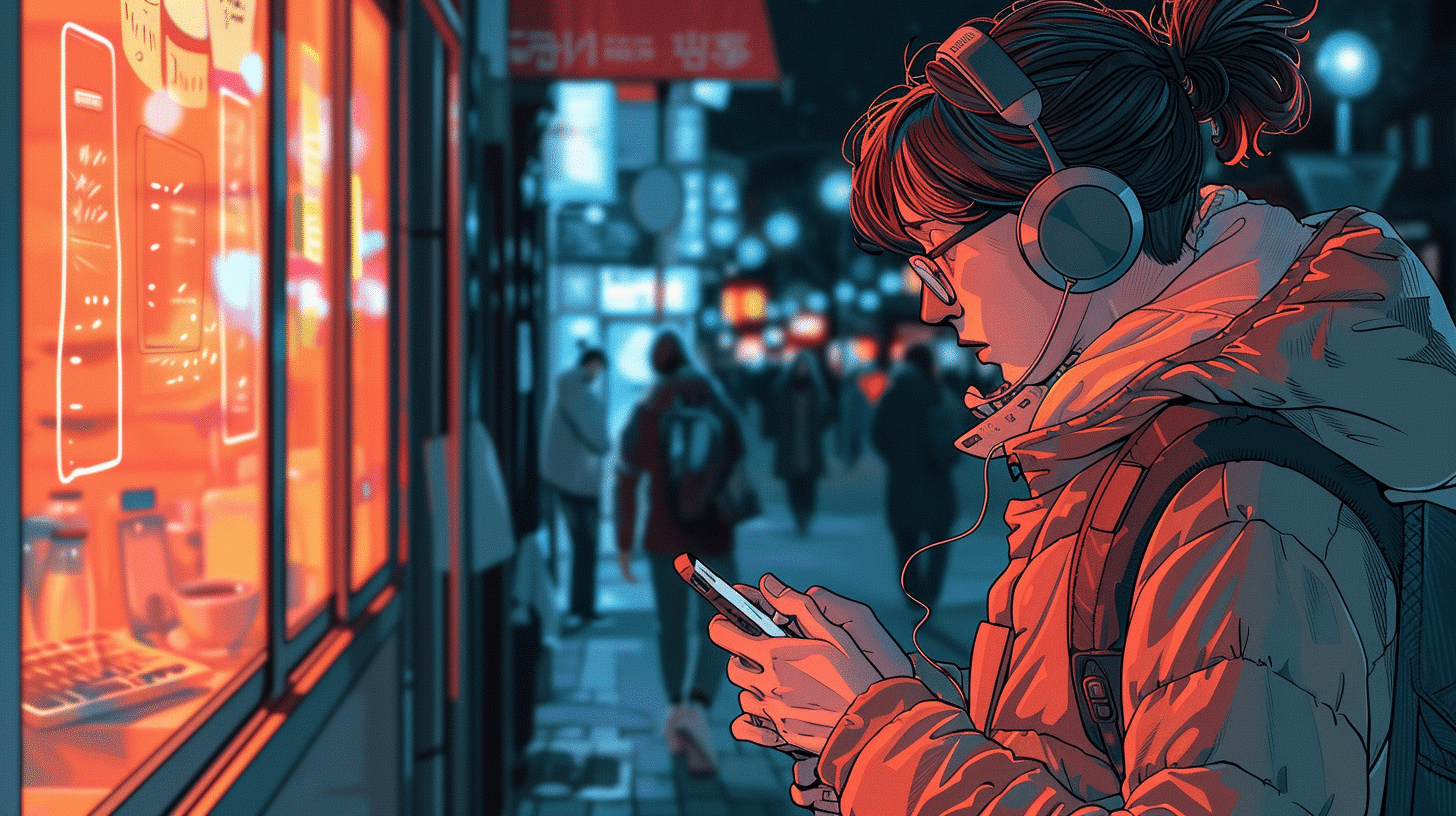Learning a new language is an exciting journey, and understanding the vocabulary related to everyday items such as clothing can be particularly useful. In this article, we’ll delve into various Hindi terms related to clothing and fashion. Whether you’re shopping, discussing preferences, or simply trying to describe what someone is wearing, these terms will enhance your conversational skills in Hindi.
Kapṛe (कपड़े) means clothes.
मेरे पास बहुत सारे कपड़े हैं।
Pośāk (पोशाक) refers to a costume or a dress.
उसने पार्टी के लिए खूबसूरत पोशाक पहनी है।
Sāṛī (साड़ी) denotes a sari, a traditional Indian garment for women.
उसने शादी में लाल साड़ी पहनी थी।
Kurṭā (कुर्ता) is a long loose shirt, typically worn by men.
राहुल ने अपने जन्मदिन पर नीला कुर्ता पहना था।
Jeans (जीन्स) are denim pants, a popular choice globally.
मैं आज नीली जीन्स पहनूंगा।
Jūtī (जूती) indicates a type of traditional footwear.
मेरी माँ ने मुझे नई जूती खरीद कर दी।
Ṭopī (टोपी) means a cap or hat.
यह टोपी मुझे बहुत पसंद है।
Chashmā (चश्मा) refers to glasses.
रोहन अपना नया चश्मा पहन कर बहुत खुश था।
Skart (स्कर्ट) is a skirt.
सीमा ने काली स्कर्ट पहन रखी है।
Blauj (ब्लाउज) means a blouse.
उसका पीला ब्लाउज बहुत सुंदर है।
Tī-śarṭ (टी-शर्ट) refers to a t-shirt.
राज ने अपनी नई टी-शर्ट दिखाई।
Belṭ (बेल्ट) means a belt.
मुझे अपनी जीन्स के लिए एक नई बेल्ट चाहिए।
Pajāmā (पजामा) indicates pajamas.
वह हर रात सोने से पहले पजामा पहनती है।
Dupatṭā (दुपट्टा) refers to a scarf or shawl, often worn with traditional Indian attire.
नीता ने अपने कुर्ते के साथ मैचिंग दुपट्टा पहना था।
Sūt (सूट) means a suit, typically worn for formal occasions.
अनिल ने अपने इंटरव्यू के लिए ग्रे सूट पहना था।
Tāī (टाई) refers to a tie.
सुरेश ने अपने सूट के साथ लाल टाई पहनी थी।
Svēṭar (स्वेटर) means a sweater.
सर्दियों में मैं रोज स्वेटर पहनता हूँ।
Jūtā (जूता) indicates a shoe.
मुझे अपने नए जूते बहुत पसंद हैं।
Mojā (मोजा) means a sock.
आज मैंने नीले मोजे पहने हैं।
Ghṛṇī (घड़नी) refers to a wristwatch.
मैंने अपनी घड़नी मेज पर रख दी है।
By familiarizing yourself with these Hindi terms for various clothing and fashion items, you’ll not only expand your vocabulary but also find it easier to engage in conversations about everyday life and cultural practices. Whether you’re discussing what you’re wearing or shopping for new clothes, these words will prove to be very useful.







